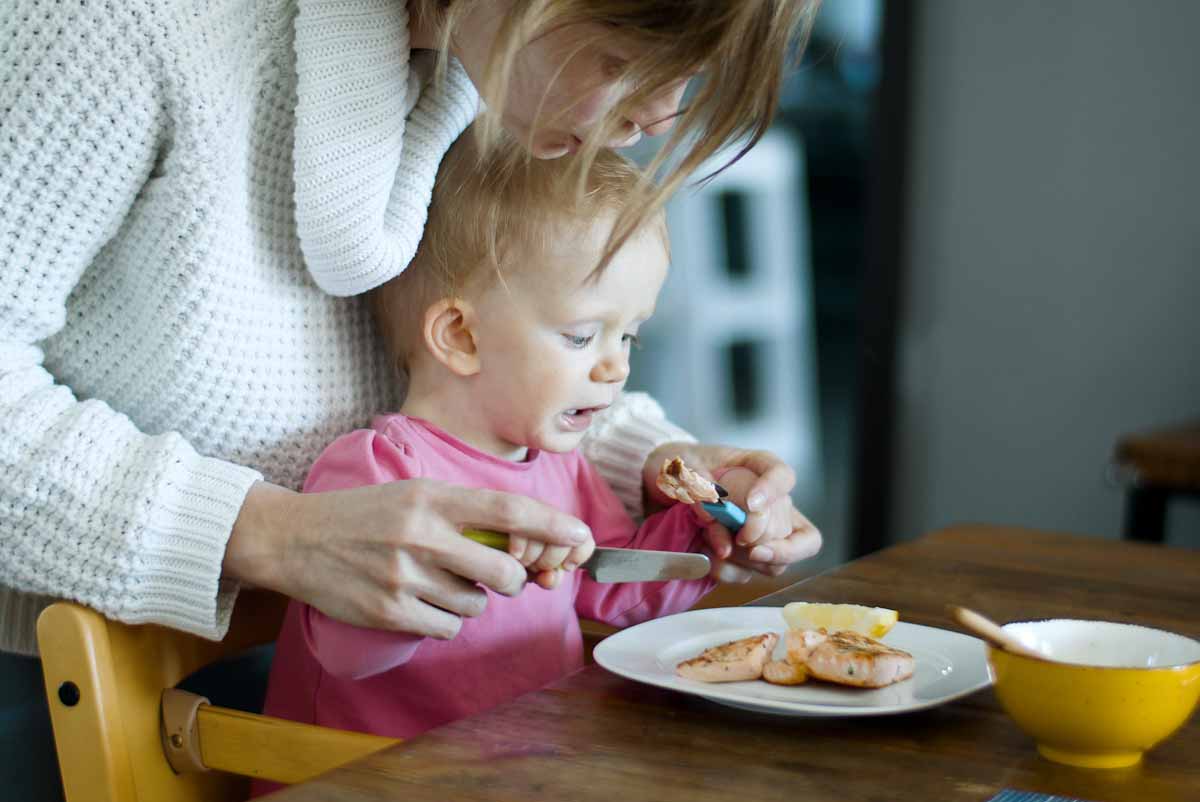
What Leads To Picky Eaters & Problems Feeding?
Research shows that eating is a learned behavior which happens in two ways. The first is through pairing one natural stimulus with a neutral one. For example, if you experience reflux after eating a particular food, over time you will likely begin to associate eating those foods with pain/discomfort and therefore, avoid that food. The second form of learning about eating is through punishment and reinforcement. For example, praise during eating (positive reinforcement) leads to more eating whereas force feeding or punishment creates an unpleasant association with eating, resulting in suppressed appetite and more difficulties at meal times.
How You Can Help:
Create a Routine
- Warnings that meal time is approaching; “It is time to wash hands!” (not “it is time to eat”)
- Sit in same chair with same utensils
- Begin serving food and drink (may use an ‘eating plate’ for preferred foods and a separate ‘learning plate’ for novel/non-preferred foods)
- When the child appears to be done eating, begin a clean up routine (child scrapes plates into trash, wipes table, washes hands, etc)
- Use of an ‘all done bowl’ for the child to place foods they are all done with or do not wish to try
Modeling
- Allow the child to self feed for first 5-10 minutes
- Adults model exploration with all senses (what does the food look like, smell like, feel like, taste like?)
- Over-exaggeration of chewing, swallowing, etc. helps a child learn what to do with the food
Positive Reinforcement
- Create an enjoyable atmosphere surrounding mealtimes to reinforce a positive association with eating
- Reward/praise ANY interaction with the food (looking, interacting, smelling, touching, tasting)
- Avoid rewarding or punishment for NOT eating
- Avoid force feeding when your child is not eating
**If you are concerned that your child may be experiencing feeding difficulties, our occupational and speech therapists at DTA can help! By completing a comprehensive evaluation, our therapist can then create an individualized intervention plan to assist you and your child in navigating challenges associated with picky eating and feeding.
References:
Toomey, Dr. Kay A. (1998/2020). Red Flags. SOS Approach to Feeding. https://sosapproachtofeeding.com/eating-red-flags-parent/
Toomey, Dr. Kay A. (1996/2010). Why Children Won’t Eat: Understanding the “Why’s” and How to Help. SOS Approach to Feeding.
Toomey, Dr. Kay A (2008/2010). Family Meals. SOS Approach to Feeding.
